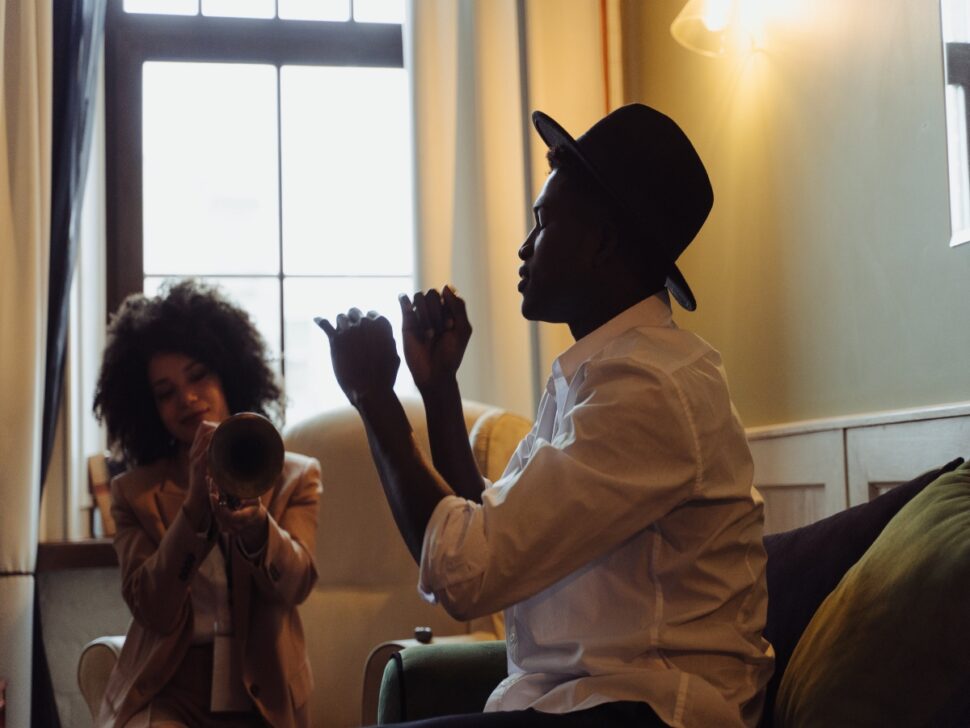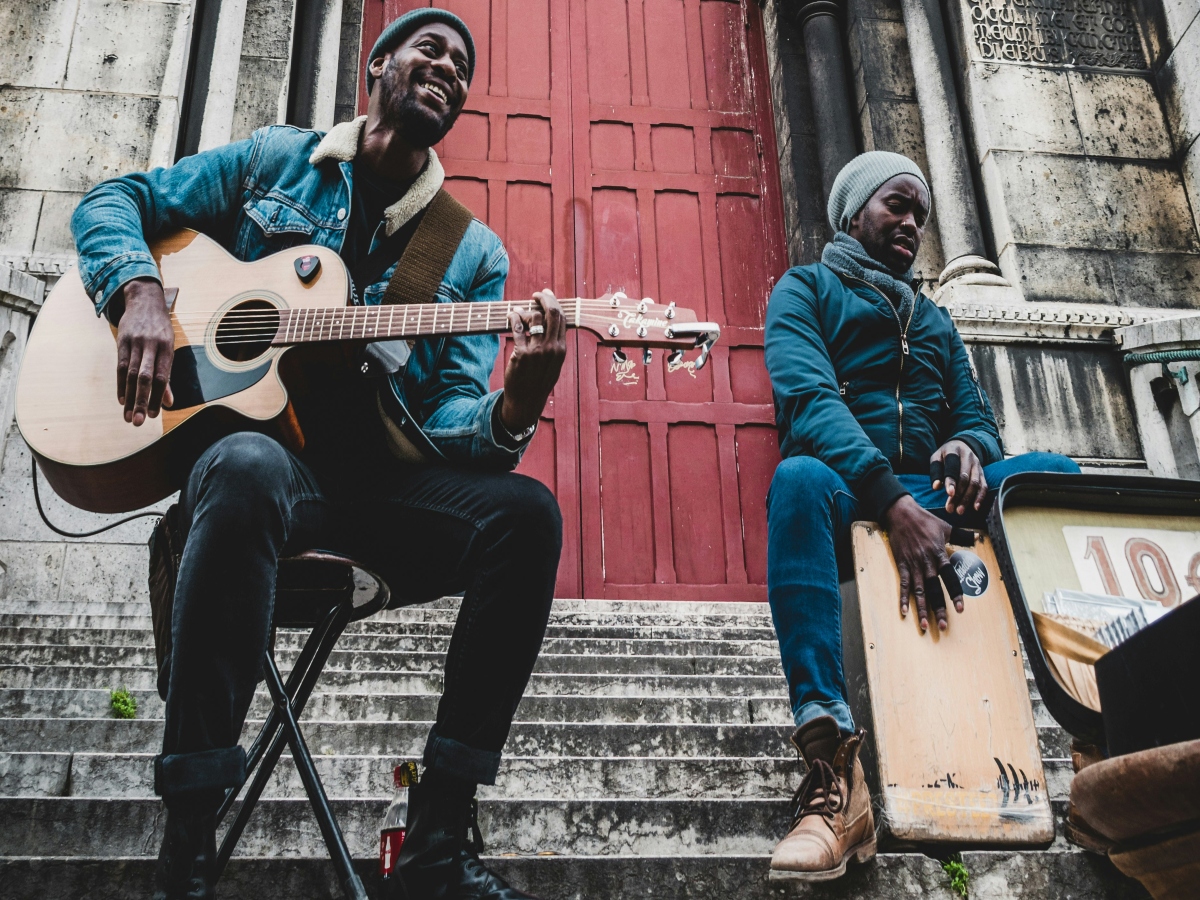In the roaring twenties, the world buzzed with jazz rhythms and a spirit of liberation. It was an era when African American artists found their creative voices and sought new horizons beyond the racial constraints of America. With its bohemian atmosphere and open-minded cultural scene, Paris became a sanctuary for many of these artists, offering them a chance to flourish and redefine their artistic identities.
The Harlem Renaissance had already ignited a cultural awakening in America, fostering a new wave of African American literature, music, and art. Artists such as Langston Hughes, Zora Neale Hurston, and Louis Armstrong had become prominent figures. They captured the essence of Black culture and the vibrancy of jazz. However, despite these breakthroughs, racial segregation and discrimination persisted in the United States, stifling the creative potential of African American artists.
Paris, A Refuge For Artists

In contrast, Paris in the 1920s was a haven of artistic freedom and experimentation. The City of Light became a magnet for artists from around the world seeking to break free from societal norms. As a result, African American artists felt Paris to be an oasis of liberation from prejudice, where they could fully express themselves.
Josephine Baker was one of the most iconic African American artists to make the journey to Paris. Born in St. Louis, Missouri, Baker had already achieved fame as a dancer and singer in the United States. However, she faced racial discrimination and limited opportunities for advancement. In 1925, Baker traveled to Paris and quickly became a sensation. Her sensual dance performances and charismatic stage presence made her a beloved figure in the Parisian entertainment scene. Baker’s success in France marked a turning point in her career. She became one of the most celebrated entertainers in the world.
Henry Ossawa Tanner faced racial barriers in America but was welcomed with open arms in France. He settled in Paris in the late 19th century and became the first African American artist to achieve international recognition. His paintings, often infused with spiritual and religious themes, earned him accolades and exhibitions in prestigious European galleries.
The Irresistible Appeal of Paris’s Thriving Jazz Scene
The vibrant jazz scene in Paris was another powerful draw for African American musicians. The city’s cafés and nightclubs pulsated with jazz rhythms. Musicians like Sidney Bechet, a talented clarinetist and saxophonist, found a welcoming audience in Paris. Bechet’s performances in Montmartre and other jazz hotspots helped bridge the gap between American and European jazz.
Paris also provided a supportive environment for African American writers and intellectuals. W. E. B. Du Bois, the prominent civil rights activist and author, spent time in Paris during the 1920s. He used the city as a base for his work on the Pan-African Congress. He continued his fight for racial equality while enjoying the intellectual freedom and camaraderie of the city’s literary circles.
The influence of African American artists in Paris during the Jazz Age extended beyond their careers. They helped foster a global appreciation for African American culture and art, contributing to the broader cultural exchange between America and Europe. Their presence in Paris also influenced French artists, writers, and musicians, inspiring them to engage with the themes of race and jazz in their work.
